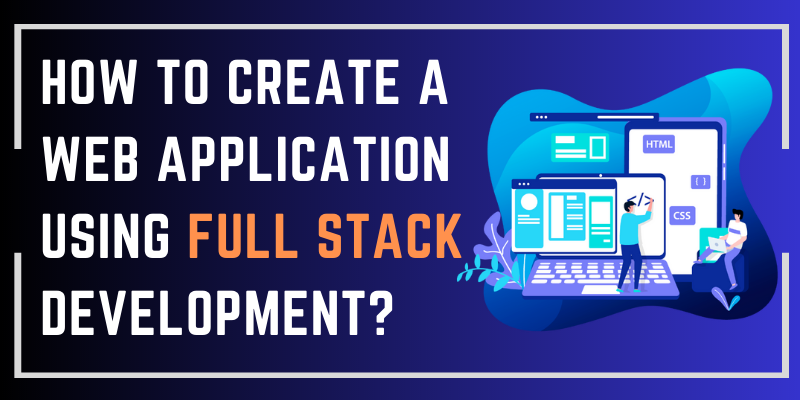Web applications have become a crucial part of our lives in the digital age, revolutionizing how we engage with businesses, services, and others. Full-stack development is a strong strategy that allows developers to create sophisticated, feature-rich web apps by combining front-end and back-end technologies. In this blog, we will discuss How to create a web application using full-stack development. If you want to learn Full-stack development, Join the Full Stack Developer Course In Coimbatore at FITA Academy, where you can boost your career prospects and open up new opportunities.
Understanding Full Stack Development:
Full stack development works on a web application’s client-side (front end) and server-side (back end). This technique enables developers to manage everything from developing user interfaces to managing databases and server architecture.
Front-End Development:
The front end is what users interact with directly. It involves creating visually beautiful and user-friendly interfaces utilizing HTML, CSS, and JavaScript. The following are critical steps in front-end development:
– Designing the user interface (UI) to provide a seamless and intuitive user experience.
– Using responsive design to ensure the application works properly on various devices and screen sizes.
– Increasing interactivity and user engagement with JavaScript libraries or frameworks like React, Angular, or Vue.js animations and dynamic content. The Full Stack Developer Training In Madurai was created by highly skilled trainers specializing in various elements of full-stack development.
Back-End Development:
The back end controls data processing, storage, and server-side processes. It entails working with server-side languages, databases, and frameworks. The following are essential steps in back-end development:
– Choosing a back-end programming language, such as Python (Django, Flask), JavaScript (Node.js), Ruby (Ruby on Rails), or Java (Spring Boot).
– Setting up a server environment to handle incoming requests and manage server resources efficiently.
– Designing and creating a database schema to store and manage application data. Common databases include MySQL, PostgreSQL, MongoDB, and more.
– Developing APIs (Application Programming Interfaces) to facilitate communication between the front and back. Enrolling in the Full Stack Developer Course In Hyderabad would be pretty beneficial in developing your back-end abilities.
Connecting Front-End and Back-End:
A functional web application requires the integration of front-end and back-end components. This is often accomplished using APIs, which enable data flow between the two layers. REST (Representational State Transfer) or GraphQL principles are frequently used in modern API development.
Data Management and Storage:
Efficient data management is essential for any web application. Back-end systems are in charge of storing, retrieving, and updating data. This may entail interacting with databases using an Object-Relational Mapping (ORM) tool, providing data consistency, and adding security measures to secure sensitive information.
User Authentication and Authorization
It is essential to secure your web application. Implement user authentication and user permission to validate user identities and control access to different portions of the application. This ensures that only authorized users can carry out specific tasks. Enrolling in the Full Stack Developer Course In Kochi will help you understand this concept with good knowledge and training for front end, back end, etc.
Deployment and Hosting
Once your web application is developed and tested, it’s time to deploy it for public access. Choose a hosting provider that fits your needs, whether a cloud platform like AWS, Azure, or a managed hosting service. Set up your application, configure the server environment, and optimize for performance.
Continuous Integration and Deployment (CI/CD)
Implement CI/CD pipelines to automate your application’s construction, testing, and deployment. This simplifies development procedures and ensures that new features or updates can be sent out quickly while keeping the program stable.
Full-stack development enables developers to construct sophisticated and feature-rich web apps by merging front-end and back-end technologies. By following the methods provided in this instruction, you may begin your road to developing web apps that provide excellent user experiences, solid functionality, and scalability to meet the expectations of the new digital landscape. Whether you’re a seasoned designer or just starting, learning full-stack development opens up unlimited possibilities in web applications. Enrol in the Full Stack Developer Course In Pondicherry focuses on providing the best training for back-end and front-end concepts.
Also Read: Full Stack Developer Interview Questions and Answers
